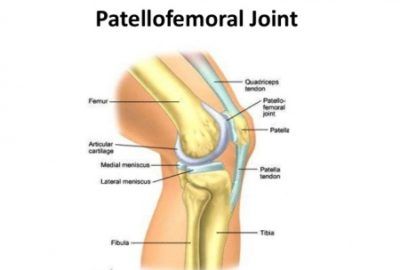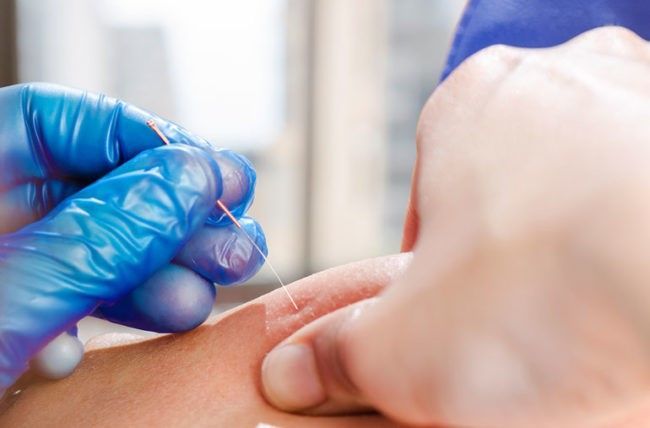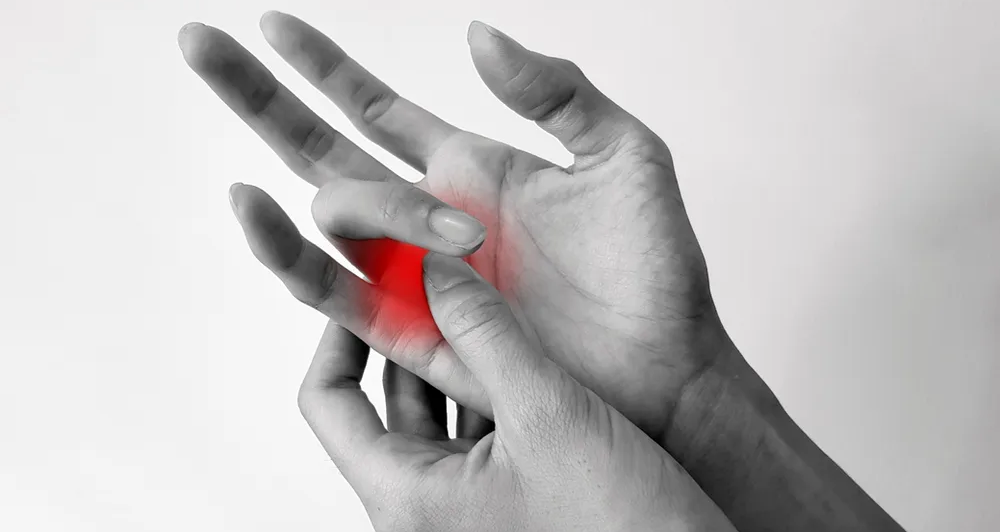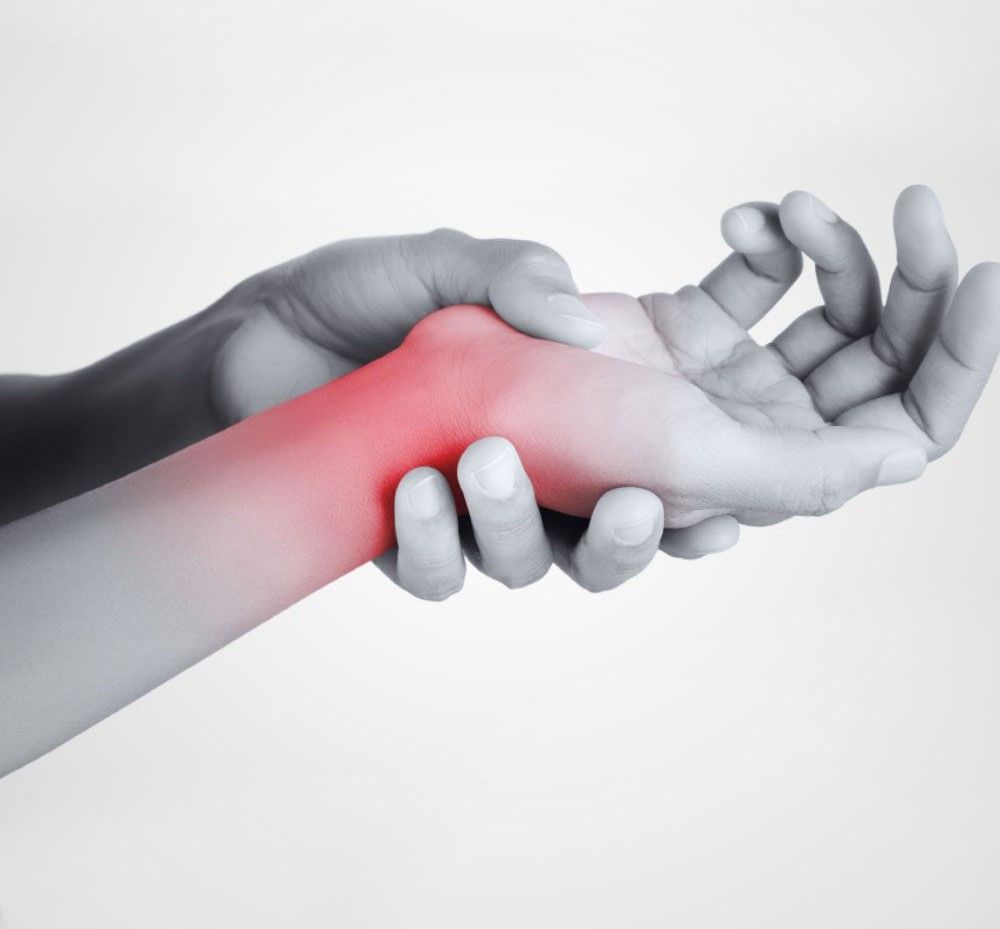2018 Consensus Statement on Treatment of Patellofemoral Pain
2018 Consensus Statement on Treatment of Patellofemoral Pain
Every two years, scientists and clinicians who are active researchers in the field of patellofemoral pain meet at the International Patellofemoral Research Retreat, the location of which changes every year. In 2017 they were in Australia’s sunny Gold Coast! The aims of this biennial Retreat are to: (a) share the latest PFP research developments; (b) discuss the literature to formulate consensus statements to disseminate knowledge; and (c) develop a future research agenda for PFP. The revised consensus statement on exercise therapy and physical interventions for the treatment of PFP was recently published in the British Journal of Sports Medicine (BJSM). The background of PFP and their findings are described below.
Patellofemoral pain (PFP) is a common, persistent musculoskeletal condition that presents as pain around or behind the kneecap during loading activities such as squatting, going up and down stairs and running. Approximately 23% of adults and 29% of adolescents in the general population are affected annually, and almost 36% of professional cyclists also experience PFP. PFP tends to persist in about 50% of people, in some cases for up to 20 years. It may also precede the onset of osteoarthritis at bony interface between the patella and the femur. Pain and symptoms associated with PFP can limit participation in daily and occupational tasks and reduce levels of physical activity.
Exercise therapy is the intervention of choice for patellofemoral pain, with the largest body of evidence supporting its use to improve pain and function in the short, medium and long terms. There is still uncertainty regarding the use of patellar taping/bracing, acupuncture/dry needling, manual soft tissue techniques, blood flow restriction training and gait retraining in the treatment of people with PFP. However, the group state that it is important to reiterate that these interventions may still have a place in managing PFP, but that further robust research is required.
Even with exercise therapy, the group recommend further research into its specifics: frequency, contraction type, rest, time under tension, dose–response relationship especially in adolescents. They also encourage researchers in this area of study to to investigate the role of education in PFP management as well as interventions aimed at addressing psychosocial impairments that have been identified in people who experience PFP. The group state that there is a clear need for minimum reporting standards in PFP research publications to allow replication of interventions in clinical practice to help clinicians, like us at JT Physiotherapy, provide the best quality of care for people with PFP.
Below are the group’s recommendations:
1. Exercise therapy is recommended to reduce pain in the short, medium and long terms and improve function in the medium and long terms.
2. Combining hip and knee exercises is recommended to reduce pain and improve function in the short, medium and long terms, and this combination should be used in preference to knee exercises alone.
3. Combined interventions are recommended to reduce pain in adults with patellofemoral pain in the short and medium terms. Combined interventions as a management programme incorporates exercise therapy as well as one of the following: foot orthoses, patellar taping or manual therapy.
4. Foot orthoses are recommended to reduce pain in the short term.
5. Patellofemoral, knee and lumbar mobilisations are not recommended in isolation.
6. Electrophysical agents are not recommended.
Reference:
Collins, N.J. et al (2018) 2018 Consensus statement on exercise therapy and physical interventions (orthoses, taping and manual therapy) to treat patellofemoral pain: recommendations from the 5th International Patellofemoral Pain Research Retreat, Gold Coast,Australia, 2017. BJSM, 0:1–9. doi:10.1136/bjsports-2018-099397
Aine Tunney MISCP
ModernDigital - Donegal Web Design





